
Hearing loss may be a physical condition, but its impact on mental health is profound. Hearing is one of our most essential senses, and losing it can create a ripple effect, impacting many areas of life. This often leads to significant emotional challenges and can deeply affect overall well-being.
One of the most prevalent of these issues is social isolation, and many studies have found that hearing loss is associated with a higher risk of social isolation and loneliness. In this blog, we’ll explore the strong connection between hearing loss and isolation, and, more importantly, how to prevent this from happening to you or a loved one.

How hearing loss leads to social isolation
If we think about our interactions with others, these connections are built on communication and when our ability to hear is impaired, so is our ability to interact and communicate.
It’s not uncommon for those with a hearing impairment to notice that their relationships start to weaken as this level of communication begins to break down, and this can bring with it a whole host of challenges.
1. Struggles with communication
Struggling to follow conversations is one of the most common and frustrating challenges that many people with hearing loss face. Having a simple discussion requires more mental effort and can often result in misunderstandings or miscommunication which can be incredibly frustrating for everyone involved. Put this conversation in a noisy environment and this is heightened even more.
Over time, having a conversation can eventually lead hearing loss sufferers to experience communication fatigue, where talking with others becomes exhausting. It goes without saying that the natural response to this is to start avoiding social situations altogether so they can protect themselves from the frustration and stop the communication difficulties altogether.
2. Withdrawing from social activities
When communication becomes a struggle, this doesn’t just impact one-on-one relationships but can also take its toll on the social activities that an individual enjoyed pre-hearing loss.
Whether it’s a social event, family gathering, hobby or activity, it’s not uncommon for hearing loss sufferers to start skipping these events until they slowly phase themselves out of them altogether. This all stems back to the communication difficulties and the effort required to engage in these types of situations.
It’s a natural response and is generally the individual trying to save themselves from the embarrassment, frustration, or discomfort of not being able to keep up with conversations and those around them.
3. Impact on emotions
The emotional toll that hearing loss has on an individual can often be dismissed or simply misunderstood, but it’s really quite significant.
Combining communication difficulties and a general lack of social engagement can often lead to feelings of loneliness, as people become more isolated from their social circles. Loneliness can make people scared to engage in social situations and if this happens for long enough they can eventually feel completely disconnected from their surroundings, loved ones, and things they love the most.
Being lonely for a long time can lead to a negative spiral and have profound impacts on an individual’s mental health, sometimes escalating into feelings of depression or anxiety.
4. Hearing loss is invisible
Unlike visible disabilities, hearing loss is often unseen and can go unnoticed which can further complicate relationships. This is particularly true if an individual is suffering from undiagnosed and untreated hearing loss, as friends and family around them might not realise they are struggling to hear or understand them and may mistake this for simply being uninterested or disengaged.
This can cause further strain on relationships and the lack of awareness can make it even more difficult for those with hearing loss to stay socially connected, as they may feel misunderstood or isolated.
All of these things combined – communication struggles, social withdrawal, emotional impact and lack of awareness can ultimately drive an individual towards social isolation.

The science behind hearing loss and isolation
The link between hearing loss and isolation doesn’t just come from how a person processes their emotions, it’s backed by scientific evidence and is deeply rooted in the way our brains process information.
There is plenty of research showing that untreated hearing loss doesn’t just isolate individuals from their environment, but can also trigger a series of negative physiological effects.
Understanding cognitive load and brain health
When we experience a decline in hearing, our brain has to work harder to interpret speech and sounds which is known as an increased cognitive load.
In individuals with full hearing, their brain filters and interprets sounds effortlessly. However, when hearing is compromised, the brain is forced to dedicate more resources to understanding sounds leaving fewer resources available for other cognitive functions like memory, attention, and problem-solving.
Over the years, research has shown a strong correlation between untreated hearing loss and cognitive decline, especially in older adults. This study by Johns Hopkins Medicine concluded that older adults with hearing loss were at higher risk of developing cognitive issues, including dementia, compared to those with normal hearing.
So, how does this relate to isolation? Well, the constant effort to process sound and the stress on our cognitive function can make it harder for individuals to socially engage and eventually lead to withdrawal from these types of situations.
How the brain processes sound
Our brain’s auditory system processes a wide range of sounds but for those with hearing loss, these auditory signals sent to the brain are compromised. This means the brain receives less information than it needs to properly understand speech, especially in noisy environments.
When the brain has to fill in these gaps, it increases mental workload which ultimately leads to frustration and fatigue. Over time, this can lead to auditory deprivation where the brain’s sound-processing parts become less active, making it even more taxing and difficult to engage in conversations, forcing individuals to avoid them altogether.
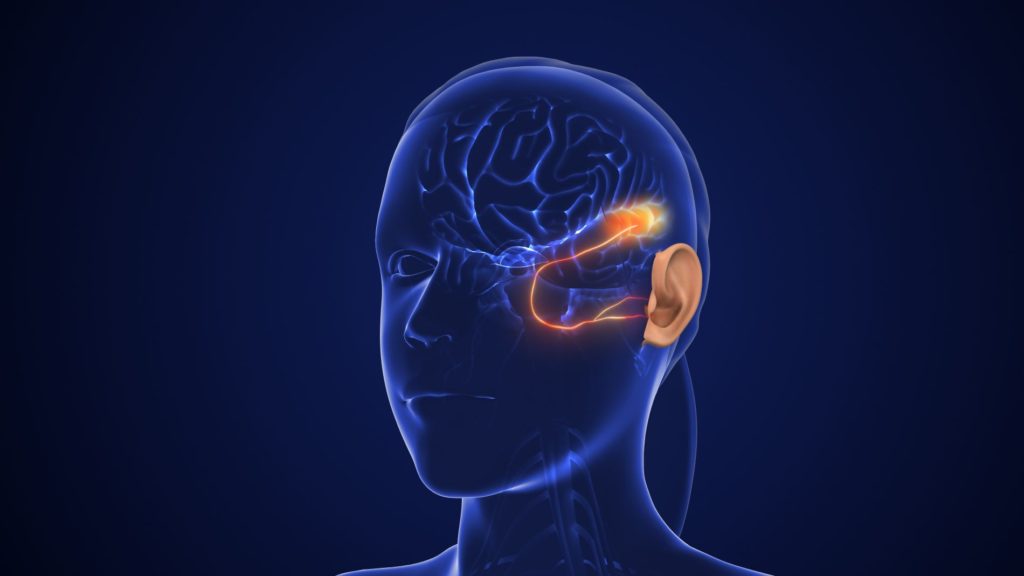
How to avoid isolation from hearing loss
With all of the above information taken into account, the connection between hearing loss and isolation is very clear but it doesn’t have to be permanent.
It’s important to understand that many of these complications arise when hearing loss is undiagnosed and untreated, so recognising the problem and seeking help is the first step.
Why early detection of hearing loss is crucial
With hearing loss, it doesn’t have to be too late to take action. Regular hearing tests are essential for early diagnosis, especially for individuals who are at a higher risk such as older adults or those frequently exposed to loud noise.
For many people, hearing loss can develop gradually which can make it easy to adapt to decreased hearing without even realising it. However, hearing loss can worsen over time so the earlier it is detected, the better the outcomes.
Untreated hearing loss can cause further damage down the line, as it only continues to place further strain on the brain and auditory system, ultimately leading to a higher degree of hearing loss and a greater chance of experiencing associated issues.
This is why we are so passionate about undergoing regular hearing tests because they are the only way to accurately diagnose hearing loss and devise a suitable treatment plan, such as the use of hearing aids.
Hearing aids are the most effective solution for most people as they help restore hearing to a certain level, reducing the amount of strain placed on the brain and therefore reducing the risks of associated side effects like loneliness and social isolation.
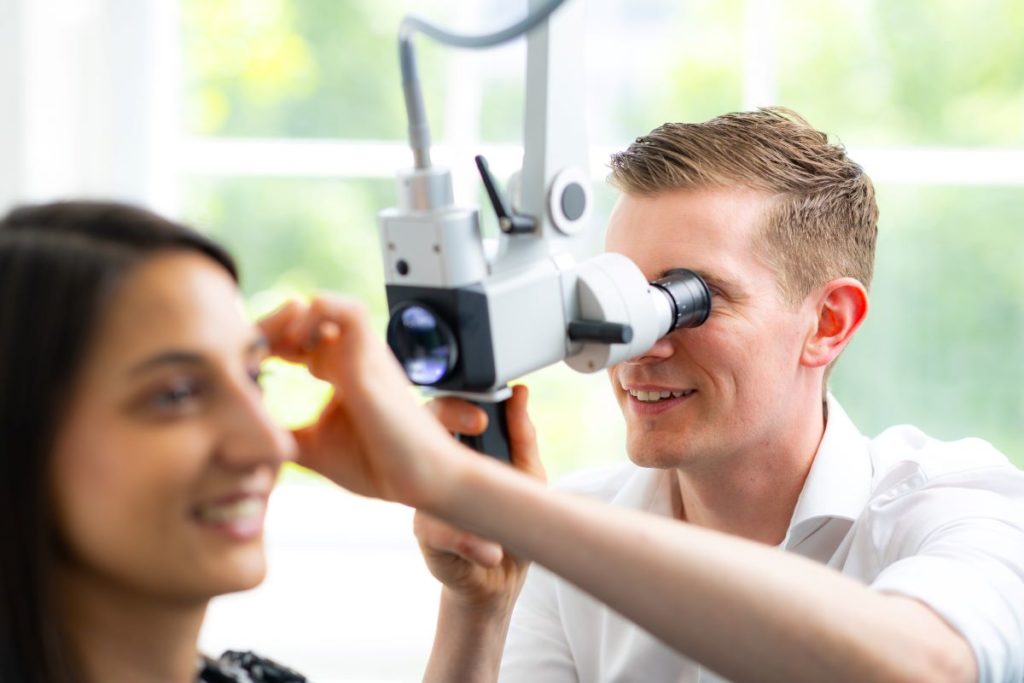
Booking a hearing test
At Harley Street Hearing, we are proud to have a team of highly qualified clinical audiologists offering professional, thorough hearing tests. Our hearing tests are designed to produce the most accurate results and our audiologists are here to ensure you receive the most suitable treatment.
As an independent audiologist, we can offer an extensive range of hearing aids from all major manufacturers and will always recommend the best option to suit your lifestyle and budget.
Whether you’ve noticed a change in your hearing or haven’t had a hearing assessment in a while, it’s important to book one as soon as possible. We have four hearing clinics across London and a team of specialists ready to help you hear to the best of your ability.
Contact us online or call us on 020 7486 1053 to book an appointment.

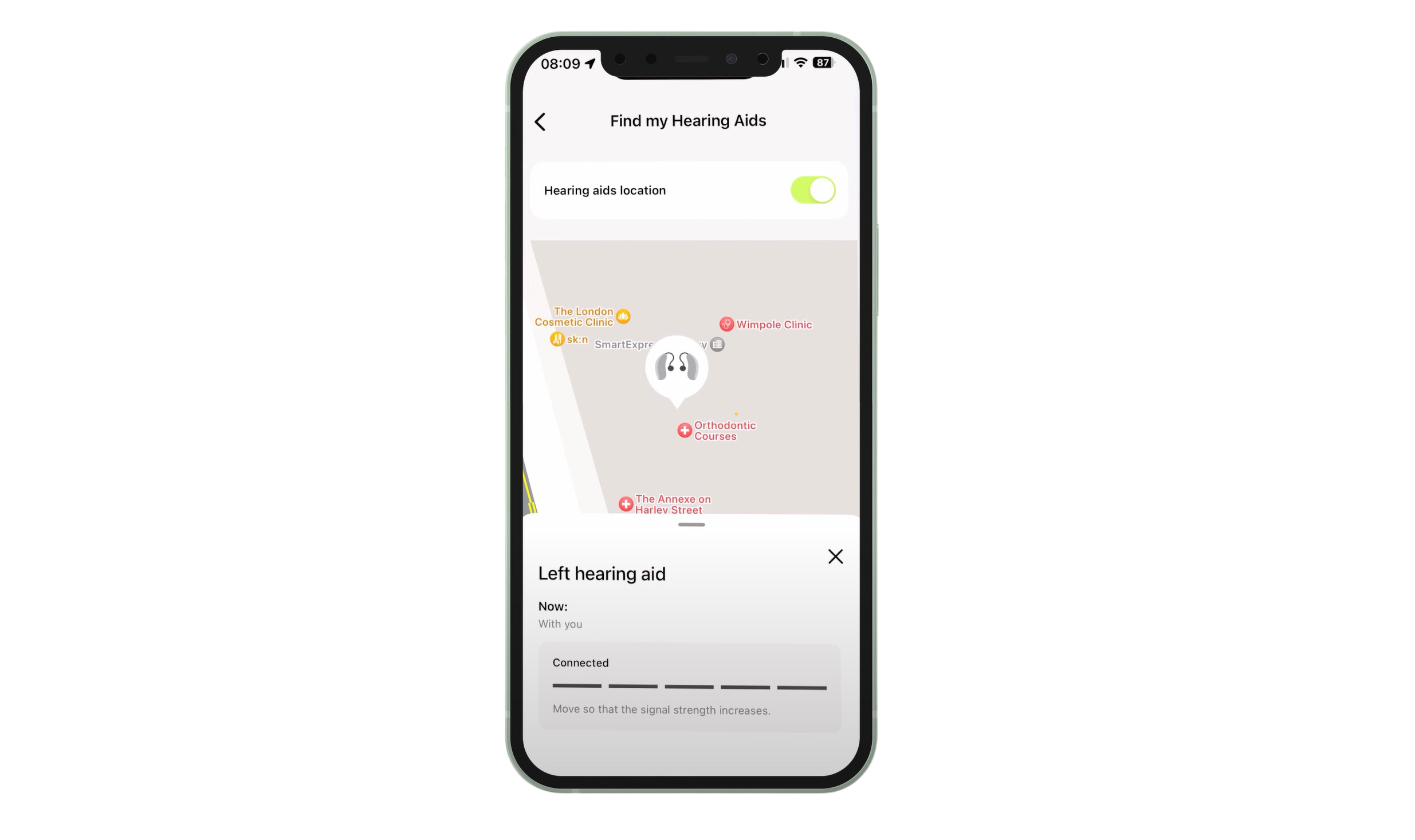



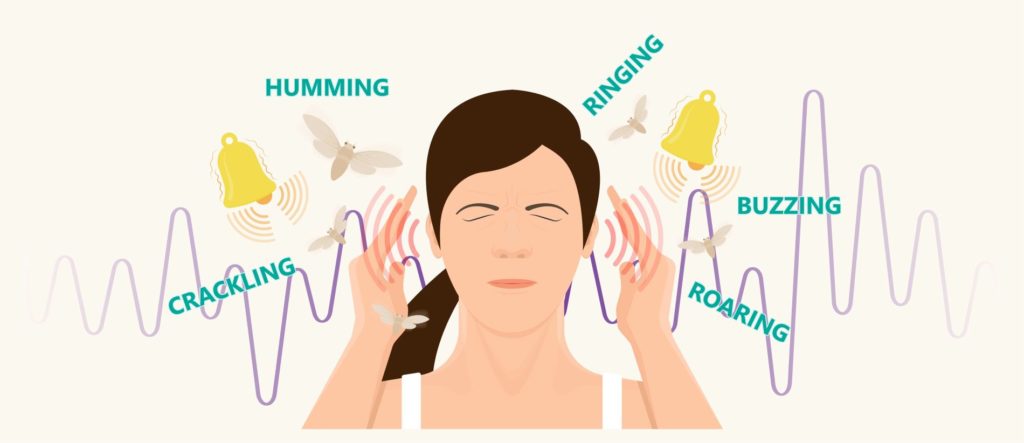
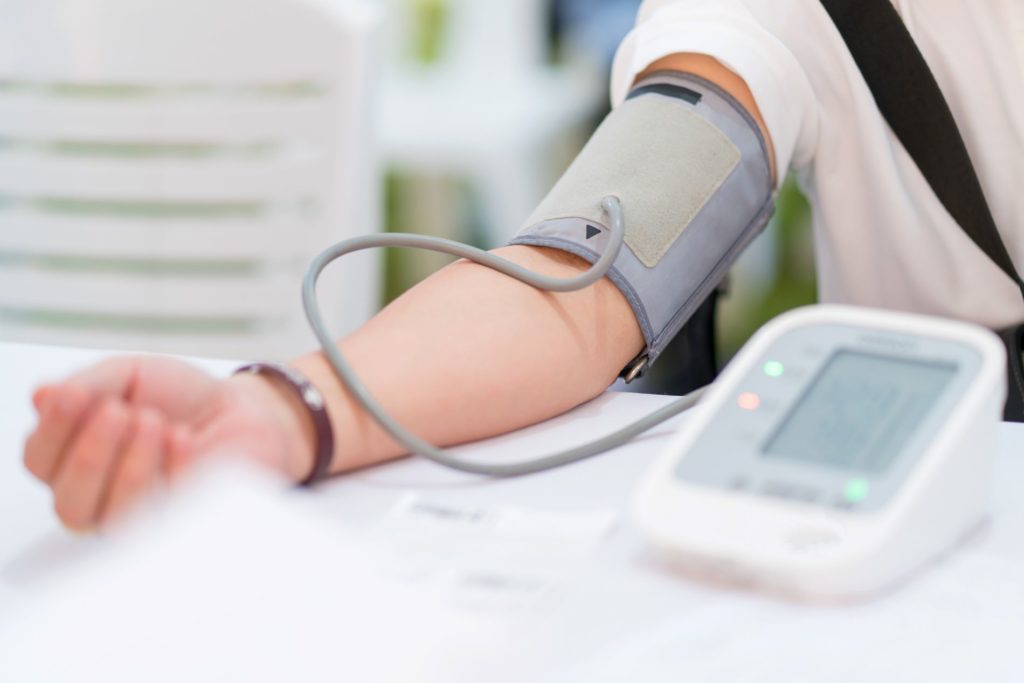
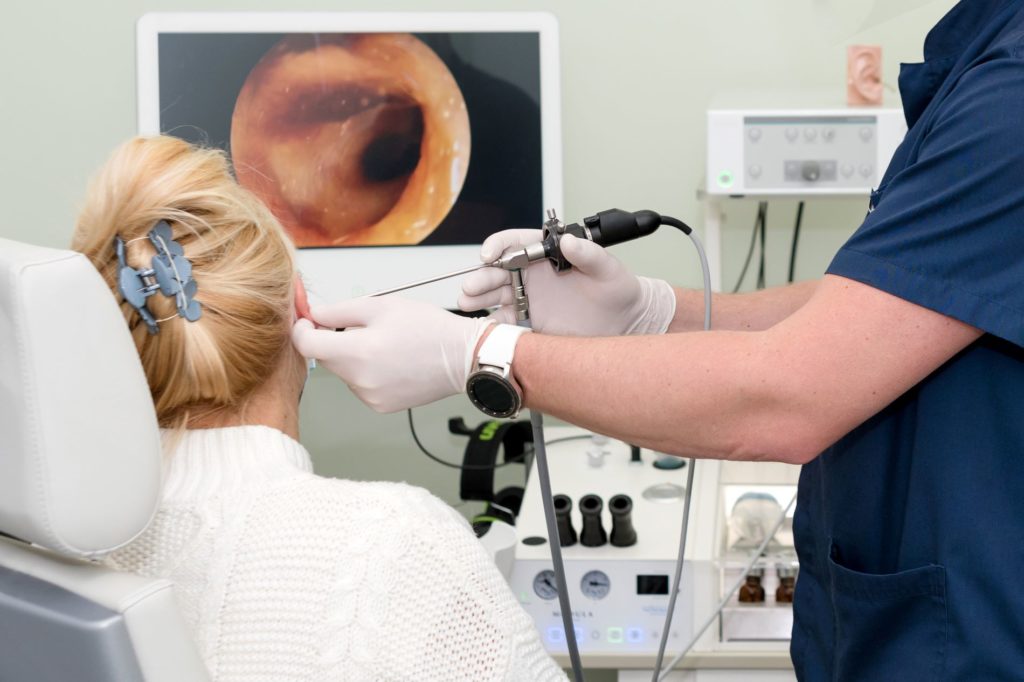
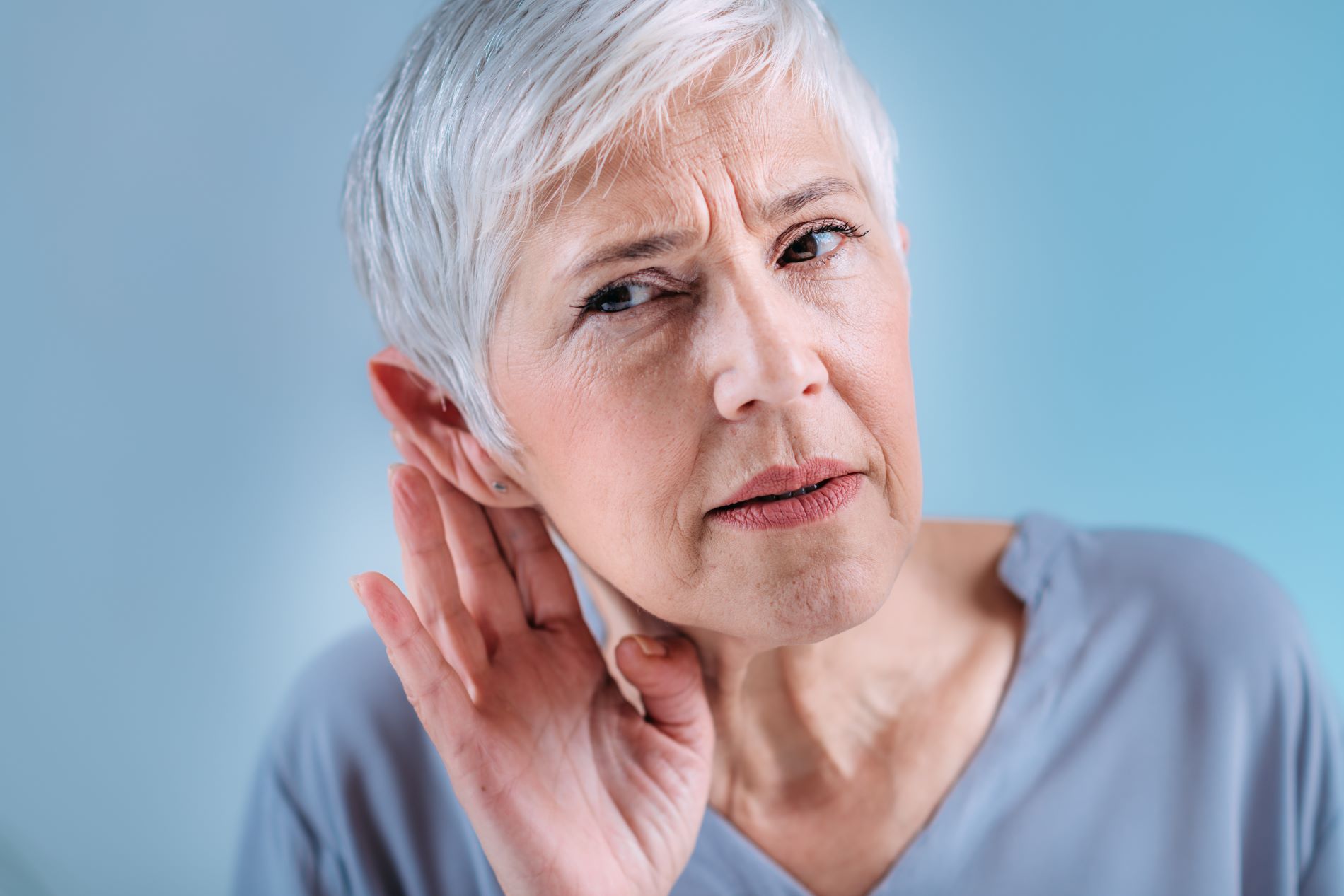
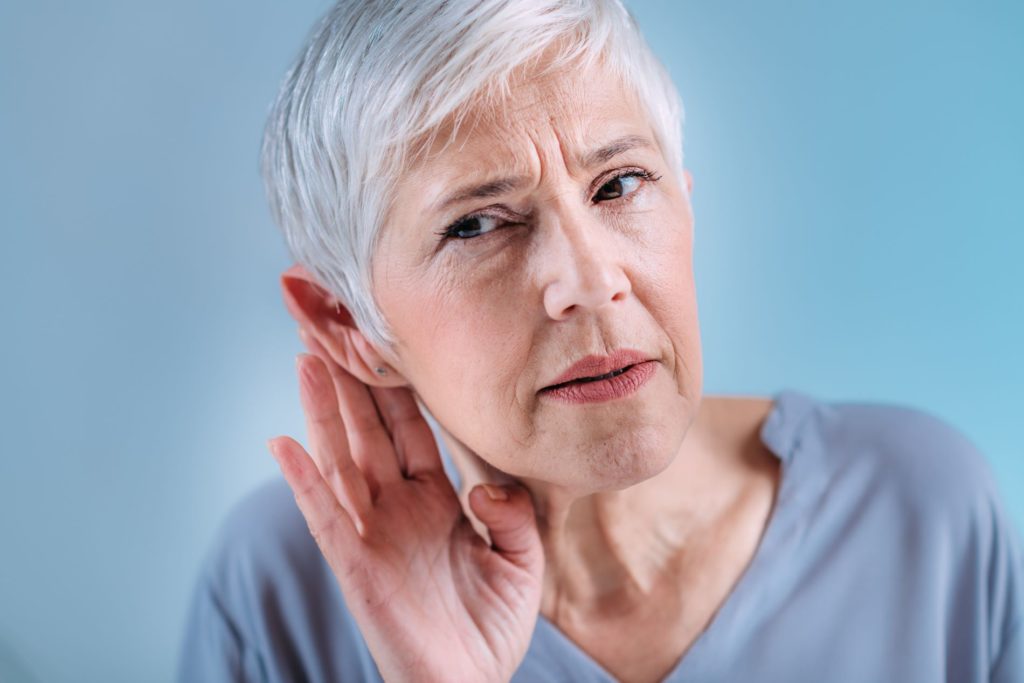

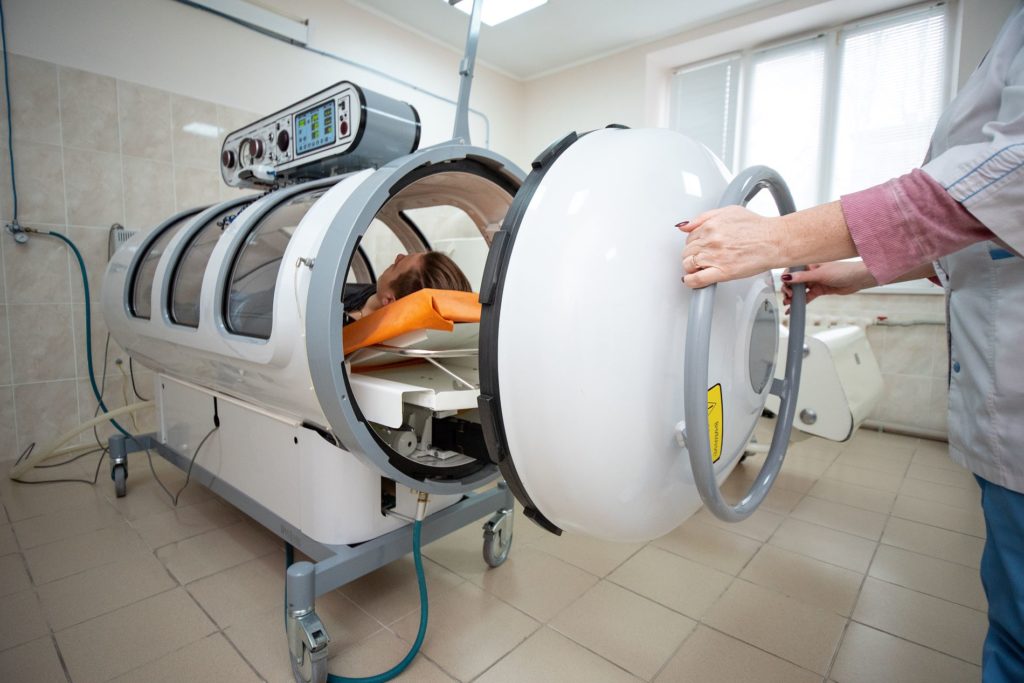







Recent Comments